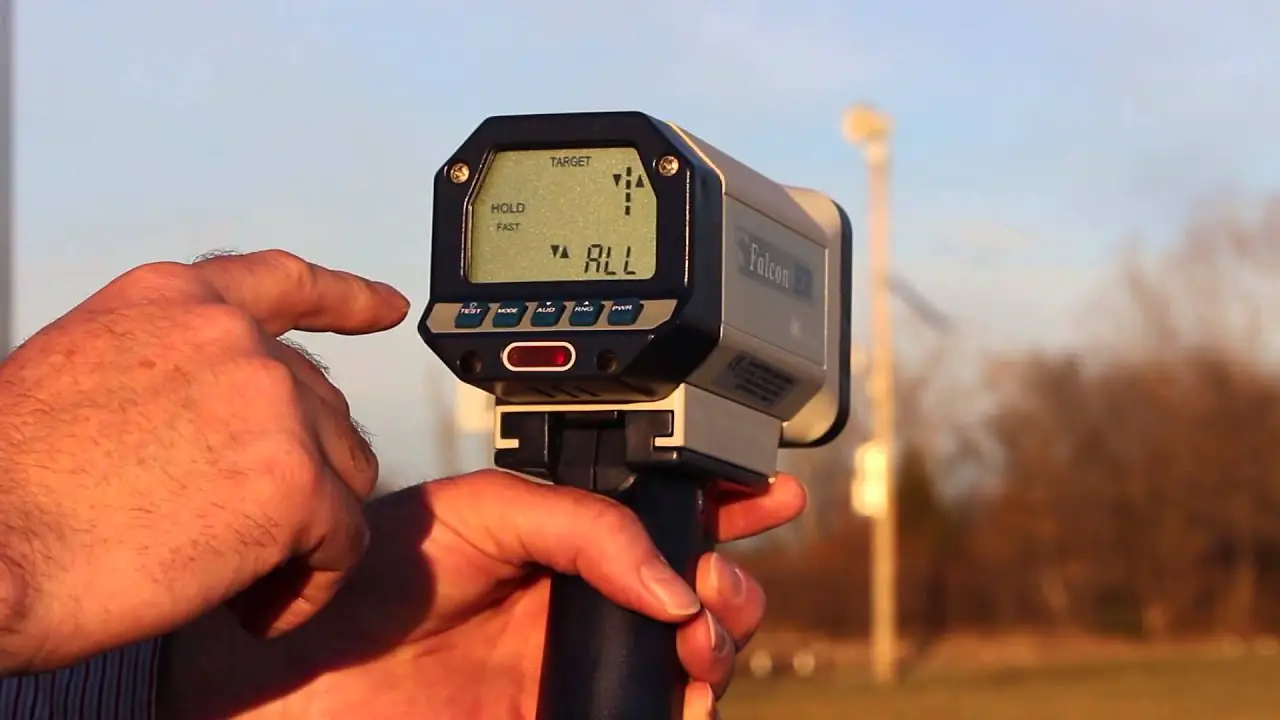It may be surprising to learn that the RADAR speed guns commonly used by today’s law enforcement agencies were not originally developed to nab speeding drivers. The technology behind them was actually first devised for use during World War II. These devices have had a fascinating story, including an amazing evolution of technological development, which we will explore in this post.
How Do Speed Guns Work?
Speed guns, be they handheld or in-car, operate on RADAR technology. (RADAR stands for Radio Detection and Ranging.) They are based on the same principle as an echo, except using different radio wave frequencies instead of sound.
When the gun is fired, it emits radio waves that collide with the speeding car and come back reflected. The reflected waves have a different frequency from the waves that were sent out. The difference between the frequencies of the two waves tells you the speed at which the car is traveling.
Over the years, speed guns have undergone a lot of changes. Today, RADAR devices come equipped with even more sophisticated technologies that enhance their accuracy and performance. Before looking at the new technology, let’s take a look at where RADAR use began
The History of Police Radar
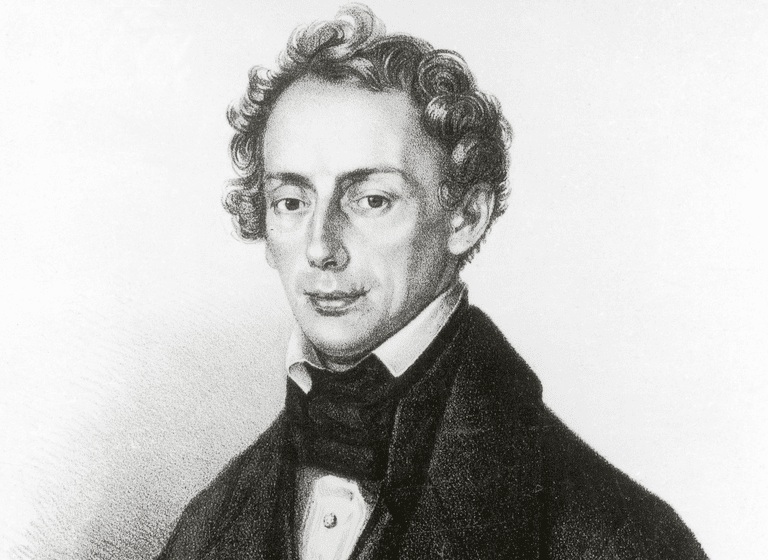
The first step in the journey that led to the development of police RADAR happened in the mid-nineteenth century. Christian Andreas Doppler, a physicist, defined the concept that forms the basis of RADAR technology in 1842. In 1899, the first modern case of speeding landed a taxi driver in jail.
Bicycle Chases
In 1899, a taxi driver by the name of Jacob German was arrested for speeding in New York City. He didn’t receive a ticket. Instead, he was jailed.
German was driving an electrobat, an odd-looking electric taxi that steered on its rear wheels and used lead-acid batteries for power. Bicycle Roundsman John Schuessler, the officer who caught him, literally gave chase to the taxi on a regular bicycle.
Shortly after, in 1901, Connecticut became the first state to impose an official speed limit. In 1904, Dayton Police issued the first speeding ticket to someone driving at twelve miles per hour.
The Speedometer
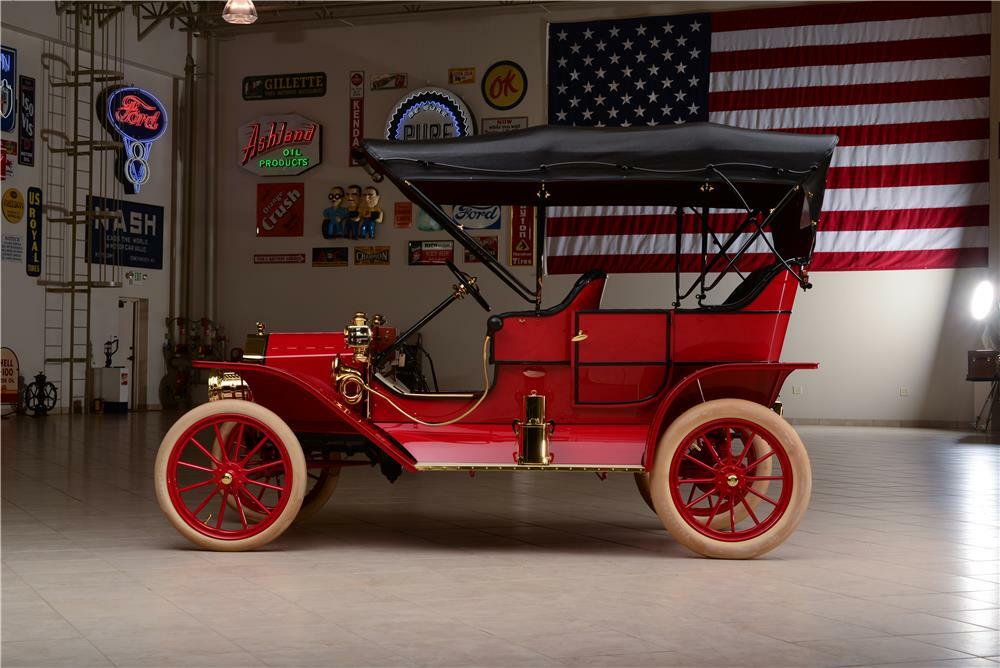
In 1908, the Ford Model T came out and took the automobile industry by storm. It was powered by gasoline and could run at 40-45 miles per hour.
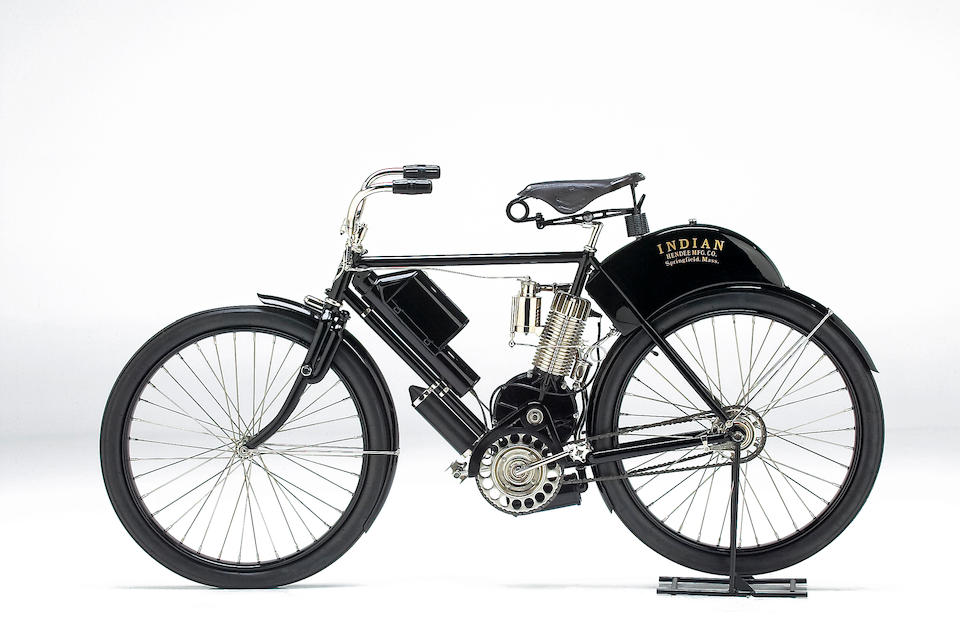
These cars were faster and more affordable than anything before their time, and to keep pace, police departments started investing in motorbikes. The progressive Yonkers Police had already purchased their first “Indian” motorcycle in 1906 for $217, which included a speedometer and could travel up to 50 MPH on flat ground.
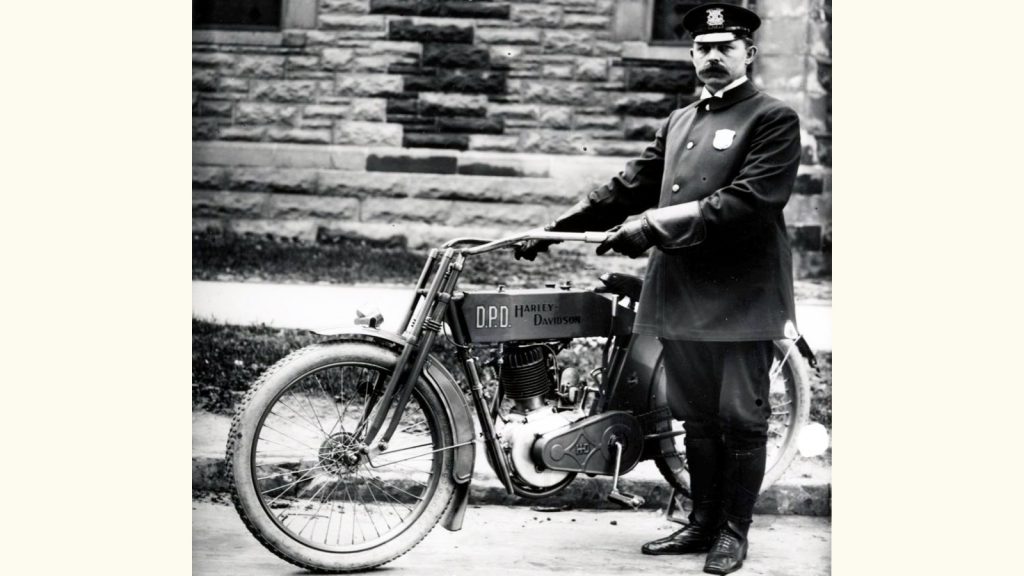
In 1908, Detroit PD became the first to buy a Harley-Davidson police motorcycle and set up a mobile patrol unit. The bike also came with a fully functioning speedometer, invented by Otto Schulze in 1902.
The Invention of Radar
In 1842, a physicist from Austria, the previously mentioned Christian Doppler, described how the frequency of light and sound waves was affected by the speed of the source and the detector. This is now known as the Doppler Effect and forms the basis of any modern speed gun you’ll find today.
Later, in 1886, Heinrich Hertz focused on proving the 1864 predictions of mathematician James Clerk Maxwell, becoming the first person to transmit and receive radio waves. Hertz, a Professor of Physics, produced electromagnetic waves and measured their wavelength and velocity. He proved that their reflection and refraction matched that of light, therefore confirming that light waves are electromagnetic radiation obeying Maxwell’s equations.
Although he didn’t pursue commercial applications of his discovery, Hertz’s spark transmitters influenced the world: Guglielmo Marconi was granted a patent for wireless communications and, by 1901, had made a wireless transmission from Britain to Canada. In the early 1900s, ordinary people with technical minds were building their own spark transmitters in their houses (although most radio transmitters would soon use vacuum tubes and then transistors in place of sparks).
Then, in 1904, Christian Huelsmeyer patented the “Telemobiloscope”, and so is often credited with the invention of RADAR. It was used by sailors to detect nearby ships in the fog, but it failed to determine how far they were and therefore doesn’t merit the full distinction. In April 1935, it was Sir Robert Alexander Watson-Watt who improved on this work and developed the first actual ‘RADAR’ device that could sense and locate objects. The device functioned using microwave pulses and was used in airplanes to determine nearby air traffic.
During the Second World War, several research organizations, including Birmingham University and the MIT Radiation Laboratory, worked on developing RADAR technologies to support the war efforts. The word ‘RADAR,’ however, wasn’t used until 1940, as a method to hide the word detection during communications.
The First Speed Gun
In the 1940s, John Baker was an engineer at the Automatic Signal Company. During World War II, Automatic Signal switched gears from traffic control to defense work, and it fell upon Mr. Baker to work on its RADAR technology.
After the war, Baker applied for a patent for his traffic control device — the first speed gun — and in 1947, the town of Glastonbury in Connecticut became the first to adopt Mr. Baker’s technology. At the time, it was called the Electro-Matic RADAR Speed Meter, and consisted of two antennas that functioned as RADAR emitter and receiver.

By 1949, Garden City, New York, became the second town to implement the device for traffic control.
Early RADAR Devices
The earliest police RADAR systems would fit in the trunk of patrol cars and by the 1950s, the Electro-Matic RADAR Speed Meter had been purchased by police departments across 12 states. By 1956, 48 states across the U.S. had bought 1,600 of these devices.
Most of the companies that manufactured police RADAR devices at that time are no longer in business. However, Muniquip, founded by Bryce K. Brown in 1955 and renamed Decatur Electronics in 1966, is one of the oldest police RADAR companies still in business.
Kustom Signals, founded in 1965, manufactured the world’s first digital display RADAR in 1969, which was called the TR-6.
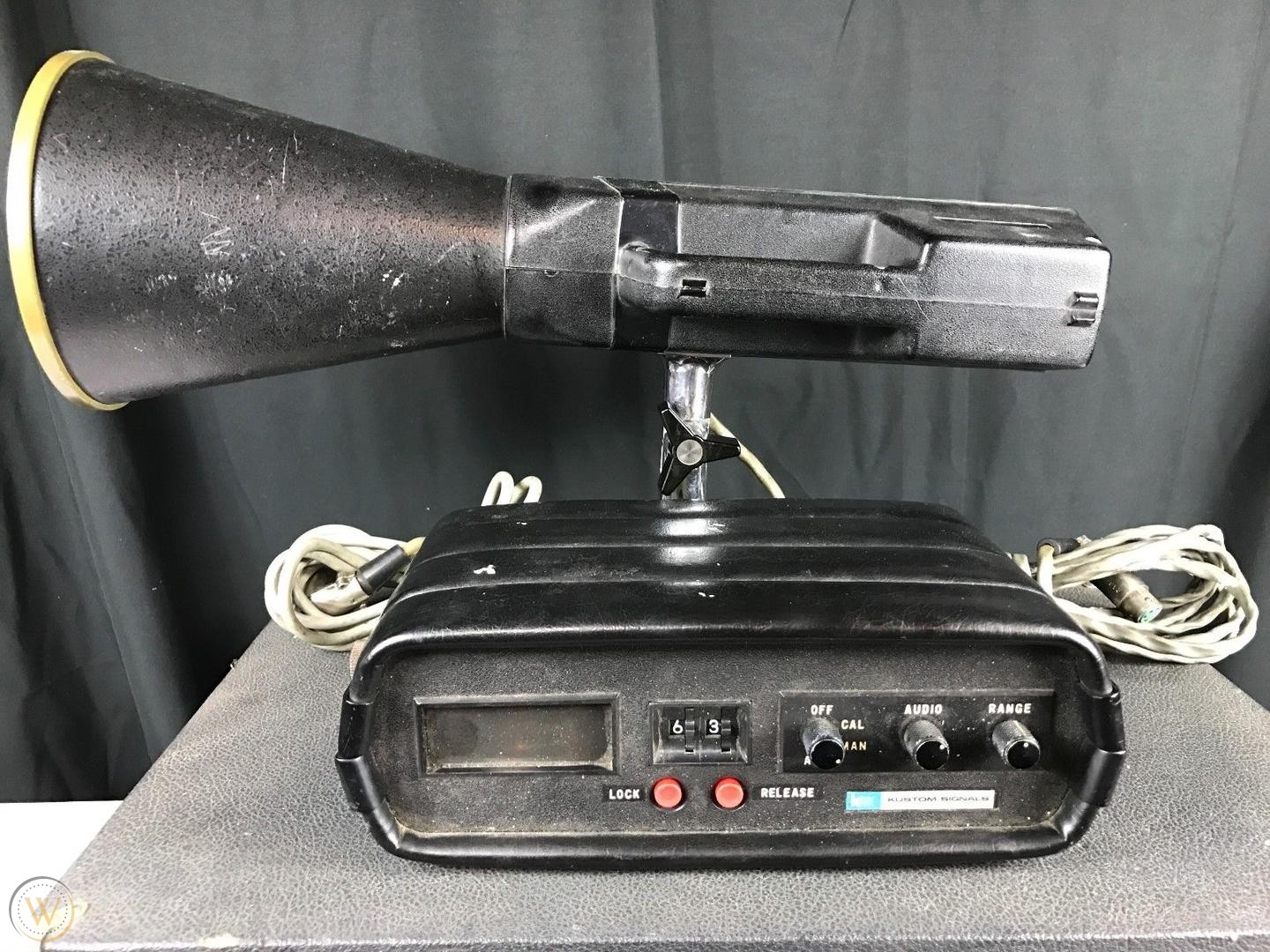
(Image source: worthpoint.com)
Our company was also the first in the market to produce a moving RADAR and a handheld RADAR and, in 1990, we added our first laser speed gun. Today, Kustom Signals offers a comprehensive line of handheld RADAR and In-car RADAR products.
Radar Guns: Then and Now
Back in 1946, a single RADAR unit took two police officers to operate, but in 1972, the first handheld RADAR ‘gun’ could be operated by a single person.
The comparison between new digital RADAR guns to analog versions is like comparing a smartphone to an antiquated phone booth. They have lower response times and can record at greater distances, making them more reliable in a court of law. For example, the Falcon HR K-Band handheld RADAR gun is an example of a very low-power emitting handheld device, yet with high-performance results, that is now offering great value for money to many law enforcement departments.
There are also the new laser speed guns, which rely on light pulses instead of radio waves. In fact, Kustom Signals is one of only four companies in North America to manufacture LIDAR guns, the latest of which is the ProLaser 4 high-performance handheld LIDAR gun, which features the Following Too Close (FTC) mode:
In addition to handheld RADAR guns, law enforcement departments can now also take advantage of in-car RADAR devices. One example from our range of products is the smallest mounted RADAR in today’s market, the Eagle 3. Its advanced features include:
- Front and rear scanning mode that switches the display to the target of interest
- Wireless Speed Sensing (WSS) that eliminates VSS and controversial OBD II use
- Advanced tuning fork test method with a mandatory option that simplifies testing procedures
- Recertification notification with optional lockout
- DuraTrak tracking bars that improve target confidence
- QuikTrak one-button target tracking with lock
Police RADAR has indeed come a long way since 1947. With almost half a century’s worth of history in the RADAR business, Kustom Signals is proud to serve law enforcement agencies worldwide. Please contact us to learn more about how speed RADAR products could enhance your speed enforcement efforts.

